Q&A: Obama’s free tuition plan for community college
In this Dec. 19 photo, President Barack Obama speaks during a news conference in the Brady Press Briefing Room of the White House in Washington. In the White House, President Barack Obama has preached economic opportunity and equal access to education as cornerstones of the legacy he says he wants to leave behind. But in the contest to host his presidential library, two public universities that serve needy communities fear the playing field has been tilted against them by a pair of elite, private schools with seemingly endless funding.
January 10, 2015
WASHINGTON — Did somebody say “free tuition”?
President Barack Obama’s plan, called “America’s College Promise,” seeks to make two years of community or technical college “as free and universal as high school.” It comes with a steep price tag and doubts about sufficient support in Congress.
Some questions and answers about the plan announced Friday:
_____
Q: How would the plan work?
A: Students would need to go to school at least half-time, maintain a 2.5 grade point average and make progress toward a degree.
States would have to provide about a quarter of the costs of the program, maintain existing education spending and work to reduce the need for remedial classes and repeated courses.
Colleges with participating students would have to offer academic programs that fully transfer to four-year colleges or job training programs with high graduation rates that lead to degrees and certificates sought by employers.
_____
Q: How can it be “free”?
A: It’s only free to students. The proposal, estimated to cost the federal government $60 billion over 10 years, could save students an average $3,800 in tuition per year. The White House estimates that if every state opted in, about 9 million students could be helped.
_____
Q: Why now?
A: Obama’s proposal is loosely modeled after the “Tennessee Promise,” a scholarship program to begin this fall using lottery money in Tennessee that provides two years of free tuition to state community and technical colleges. Roughly, 90 percent of the state’s high school seniors have applied, although not all are expected to use the benefit. The goal is to help bolster the percent of Tennesseans with a post-secondary degree from 33 percent to 55 percent.
There also is a similar program in Chicago.
_____
Q: Will Obama’s proposal pass Congress?
A: The Republican-led Congress has shown a reluctance to adopt new, big spending programs. Even supporters of the Tennessee program, like Republican Sens. Lamar Alexander and Bob Corker of Tennessee, say that the program is better kept at the state and local level.
“Unless the president has a responsible plan to meet our existing commitments, he shouldn’t be making new promises the American people can’t afford,” said Rep. John Kline, R-Minn., chairman of the House Education and the Workforce Committee.
_____
Q: Besides questions about funding, what are the arguments against the plan?
A: While supporters say such a program expands the pool of students going to college, educators disagree on whether this is the best use of tax dollars. That’s in part because some of the students who benefit could afford to pay for tuition on their own and the neediest of students might not get all the aid they need.
In Tennessee, some private college leaders and politicians have expressed concern that the Tennessee plan could divert students and scholarship money away from four-year schools.
___
Associated Press writer Nedra Pickler contributed to this report.






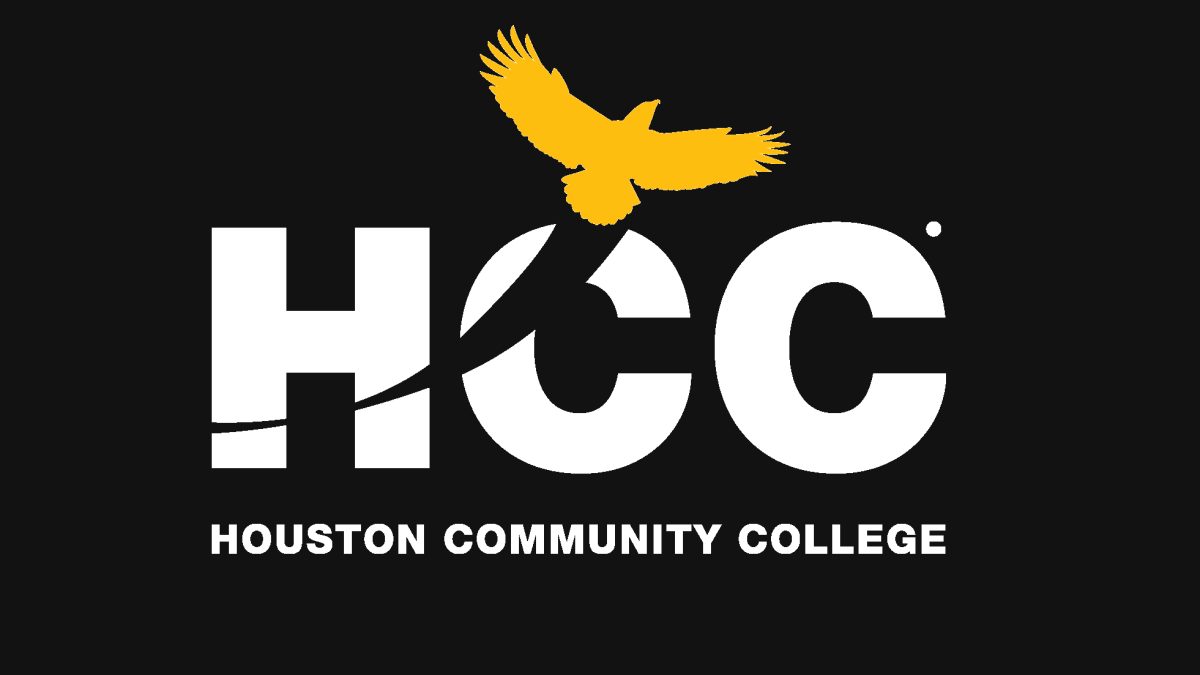
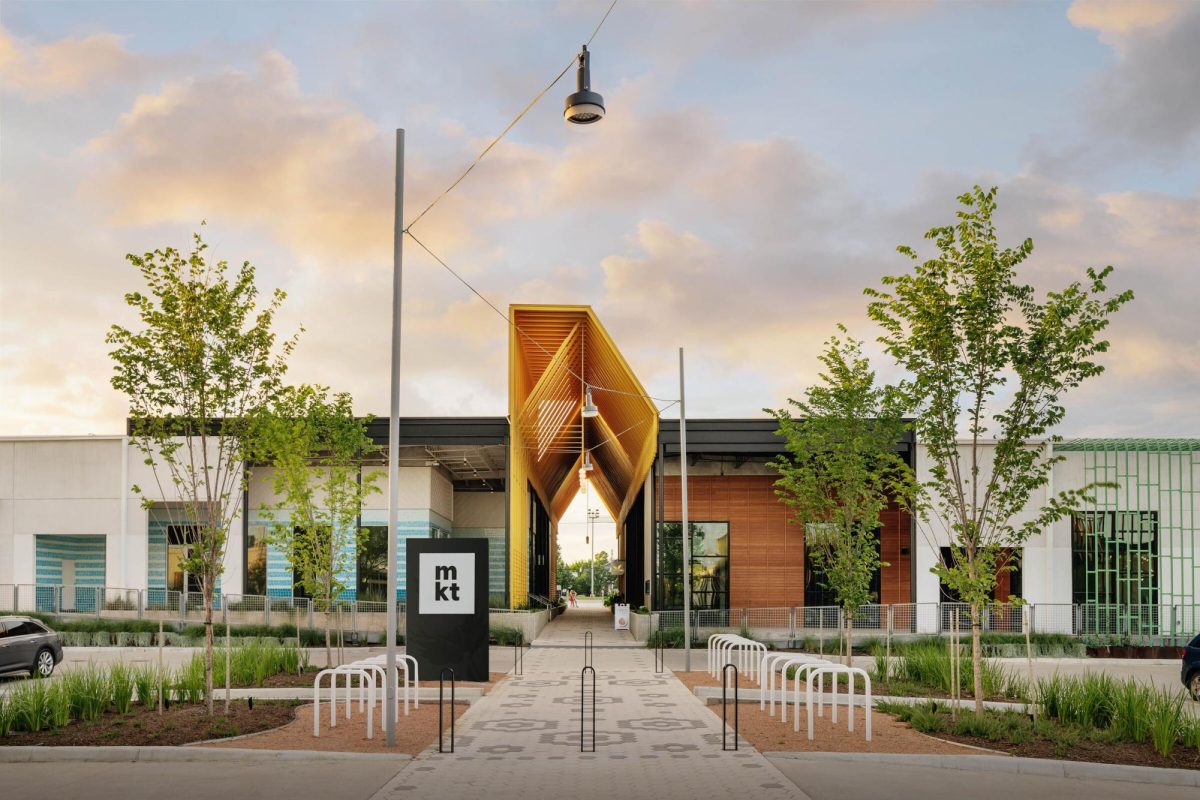
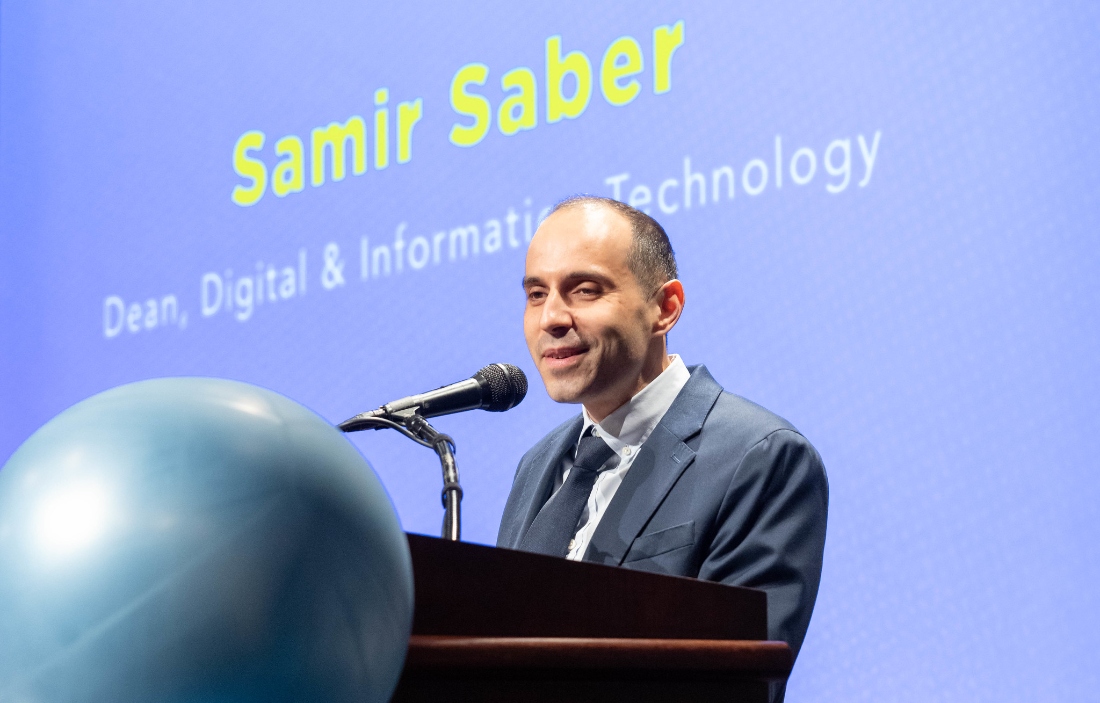
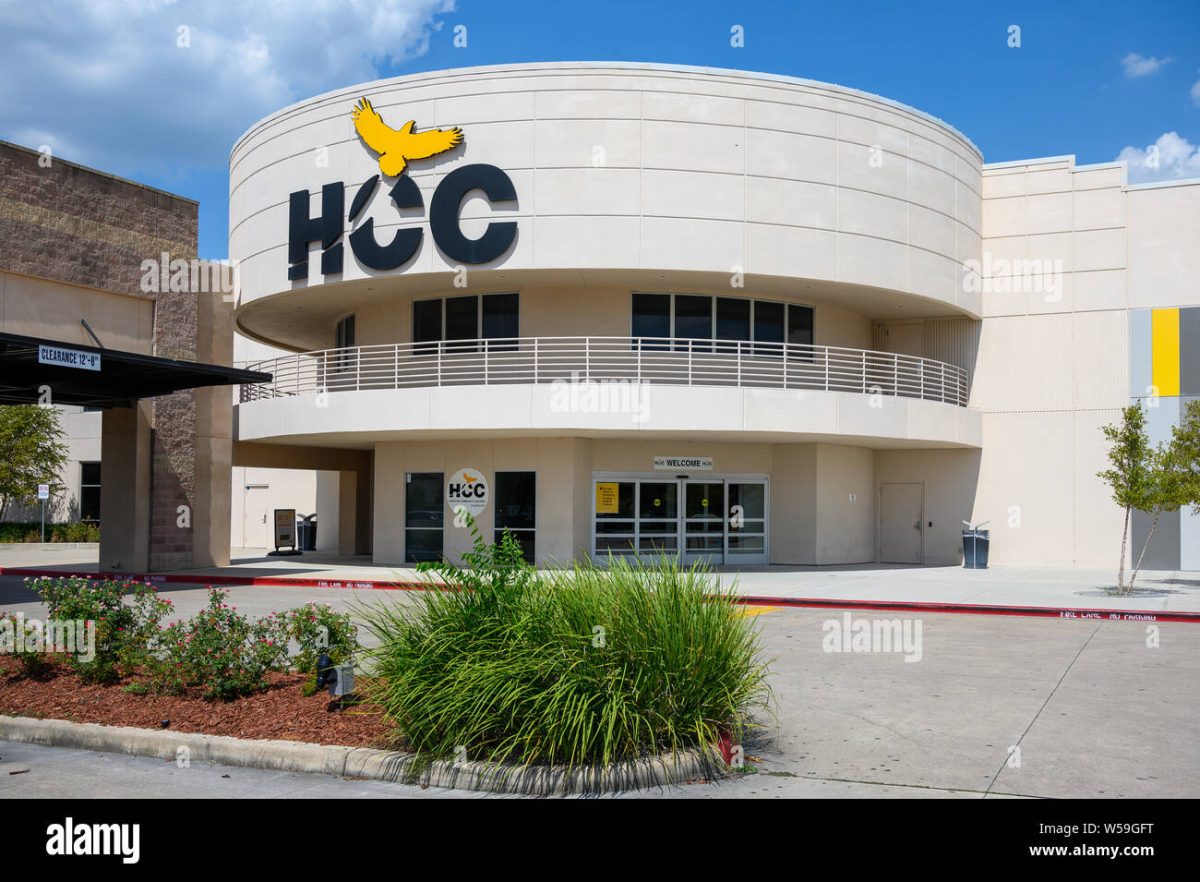













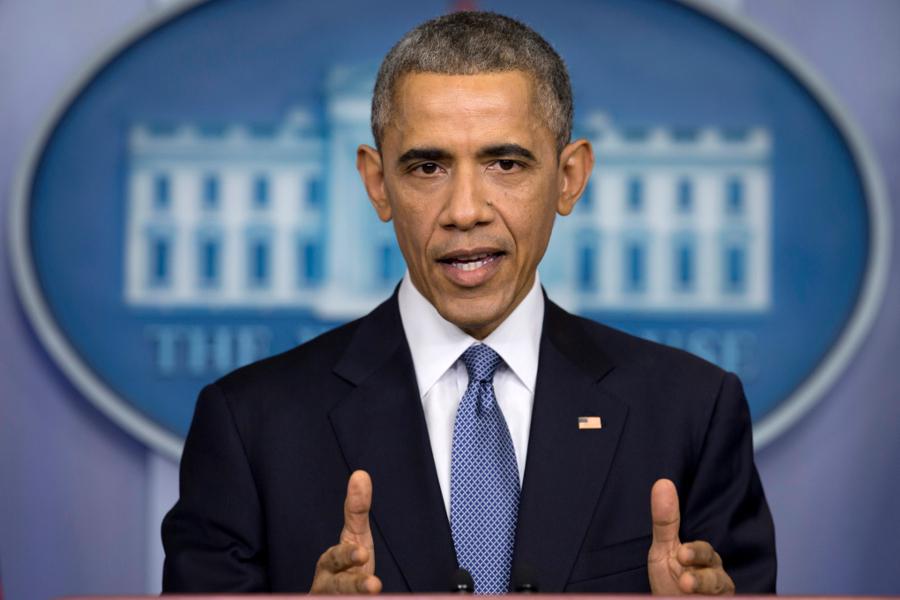

Aditya Singhal • Aug 19, 2017 at 12:45 am
Now that we know that Obama’s original idea of community college tuition plan cannot be implemented in reality, students really need to explore other options to pay their hefty tuition fees. Can online scholarships from transtutors, edX help? Maybe. It all depends on how far one can go to meet his/her expenses.